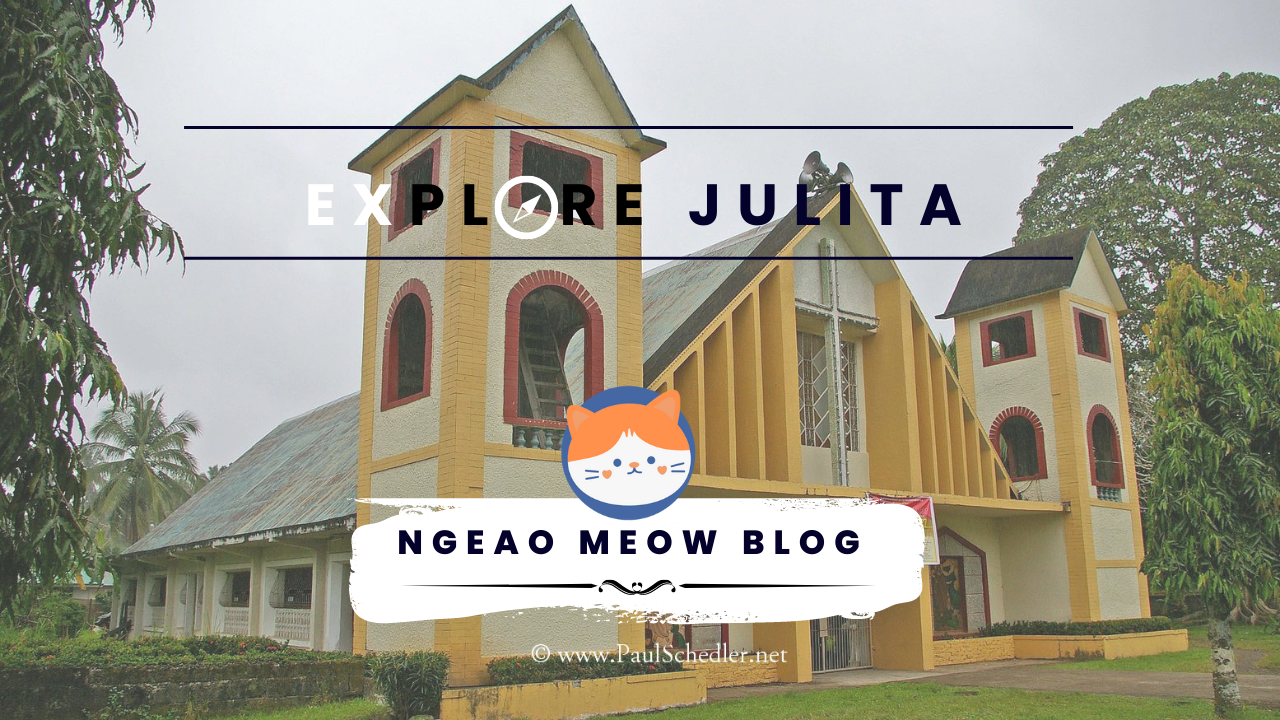
Julita is a municipality in the province of Leyte in the Eastern Visayas region of the Philippines. According to the 2020 census conducted by the Philippine Statistics Authority, the population of Julita is 14,257.
Delicacies of Julita Leyte
Julita Leyte has several native delicacies that are unique to the area. Here are some examples:
- Binagol – A sweet and sticky delicacy made from grated taro, coconut milk, condensed milk, and sugar, wrapped in banana leaves and baked in a traditional clay oven.
- Tupig – A sweet and chewy rice cake made from glutinous rice, coconut milk, and sugar, wrapped in banana leaves and grilled over charcoal.
- Moron – A type of rice cake made from glutinous rice and chocolate, wrapped in banana leaves and steamed. It is often served as a dessert or snack.
- Calamay – A sweet and sticky delicacy made from glutinous rice flour, coconut milk, and sugar, cooked over low heat until it thickens and caramelizes.
- Pintos – A type of boiled sweet potato that is popular in Julita, often served with grated coconut and sugar.
These are just a few examples of the native delicacies that you can find in Julita, Leyte. Each delicacy has its unique taste and texture, and they are worth trying if you ever visit the area.
To travel to Julita, Leyte, Philippines, you can follow these steps:
- By Air: The nearest airport is the Daniel Z. Romualdez Airport in Tacloban City, which is about 54 kilometers away from Julita. You can book a flight to Tacloban City from Manila, Cebu, or other major cities in the Philippines.
- By Land: Once you reach Tacloban City, you can take a van or bus from Tacloban City Bus Terminal or V-hire terminal going to Julita. It takes about 1.5 to 2 hours to reach Julita from Tacloban City.
- Private Transportation: You can also rent a private vehicle or hire a taxi from Tacloban City to Julita.
It is advisable to plan your trip in advance and check the schedules of the transportation options available, especially if you are traveling during peak seasons.
Jullita History
The town was founded in 1874 and was originally called Barrio Tinago. It was later renamed Julita in honor of a Spanish nun who worked in the area.
During World War II, Julita played a significant role in the guerrilla resistance against the Japanese occupation. The town served as a base for the Leyte guerrilla forces, which were instrumental in helping the US troops land on Leyte Island in 1944. Many of the town’s residents were active in the resistance movement and suffered greatly during the war.
After the war, Julita became a thriving agricultural town known for its rice, corn, and coconut production. The town also became a center for commerce and education in the region. Today, Julita is a bustling municipality with a population of around 15,000 people. It is known for its natural beauty, including its farmland, and pool, and is a popular destination for tourists who want to experience the natural wonders of Leyte.

